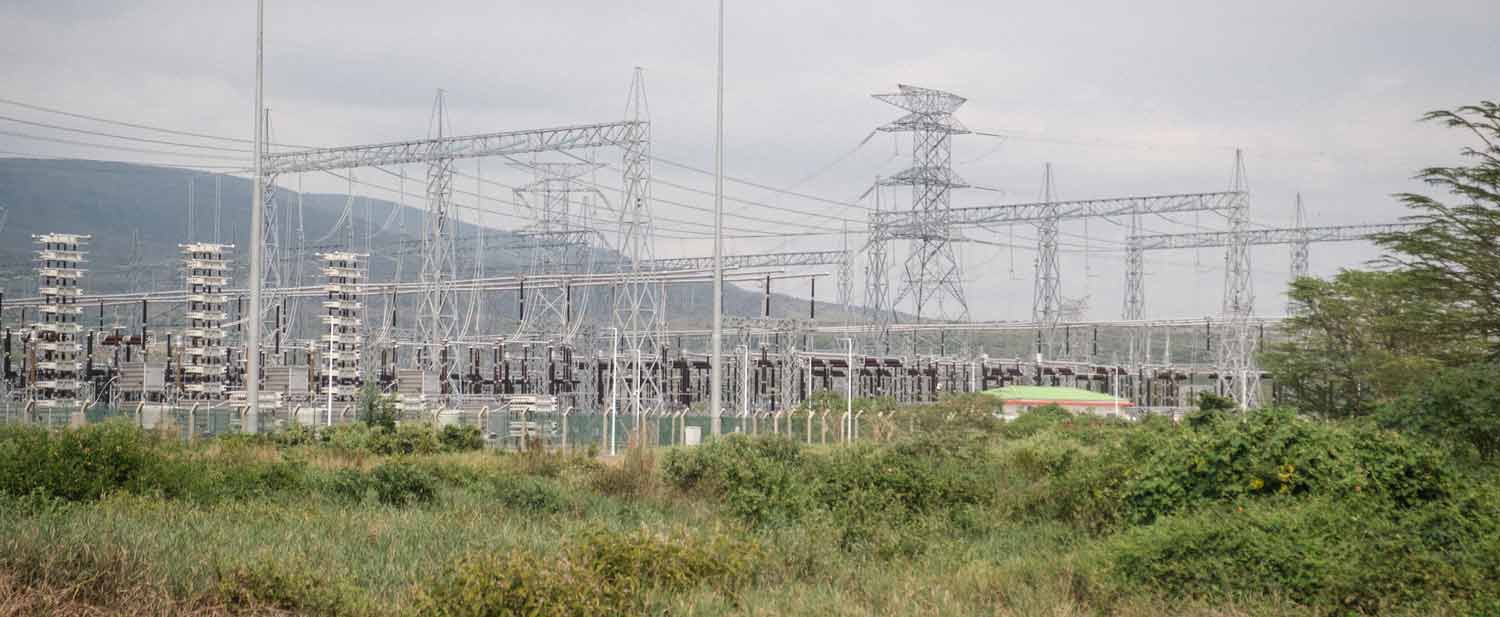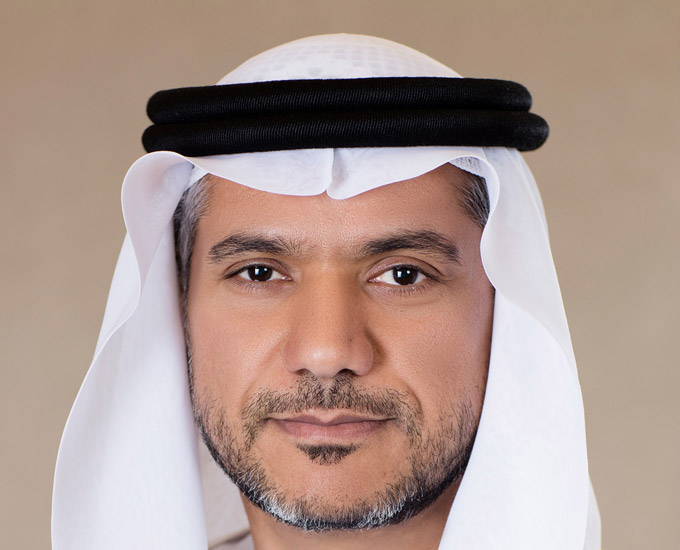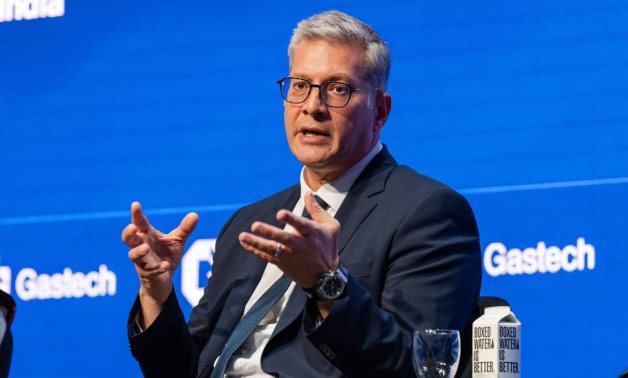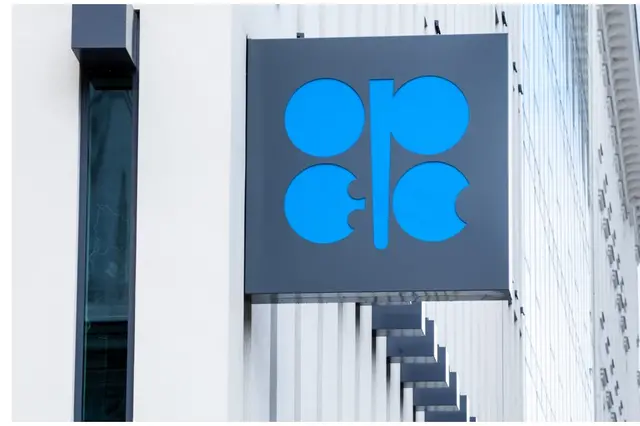Energy

East Africa: the Ethiopia-Kenya electricity highway is shaping regional connectivity with the support of the African Development Bank

By: African development bank group
The electricity highway between Ethiopia and Kenya, officially opened in 2023 after more than 10 years of planning and construction, is redefining energy connectivity in East Africa. It is more than a piece of infrastructure, it is an economic and environmental entity, connecting not just power grids but nations and populations.
This vision of a shared energy future runs for 1,045 km between Wolayta-Sodo in Ethiopia and Suswa in Kenya. It enables both countries to pool resources, hydroelectricity from Ethiopia, and geothermal and wind power from Kenya.
Regional Connectivity lies at the heart of the project. As John Mativo, Managing Director of the Kenya Electricity Transmission Company (Ketraco) explains, this project is all about collaboration:
“Around 2010, countries in East Africa, as an energy pool, decided that it was essential to have an interconnected hub so that everyone could use and exploit energy and support each other.”
One of the project’s critical aspects is the use of HVDC (High Voltage Direct Current) technology, which makes it much easier to transport electricity with long distance transmission lines as Tewoderos Ayalew, the site manager at Ethiopian Electric Power explains:
“The reason we are using HVDC technology is to minimize energy wastage and reduce power losses in the transmission line energy wastage and reduce the costs of constructing transmission lines; it is also easy to operate and improve grid stability in operating the interconnection from the power grids of different countries.”
Hydroelectric dams in Ethiopia produce energy in the form of alternating current, which is transported via the Ethiopian grid to the converter station in Sodo. There, it is converted to Direct Current (DC) and leaves Ethiopia for Kenya, via 1,045 km of overhead transmission line. Once it arrives at the Suswa converter station, it will be converted back to alternating current to be integrated into the Kenyan power grid.
This high voltage DC infrastructure is the only one of its kind in the region and is the foundation of East Africa’s ambition to be interconnected in terms of power exchange and allow cross-border trade in energy.
The total cost of USD 1.26 billion was funded partly by USD 338 million from the African Development Bank. The World Bank, the Agence française de développement (AFD) and the governments of the two countries concerned also contributed.












